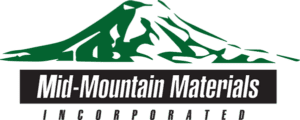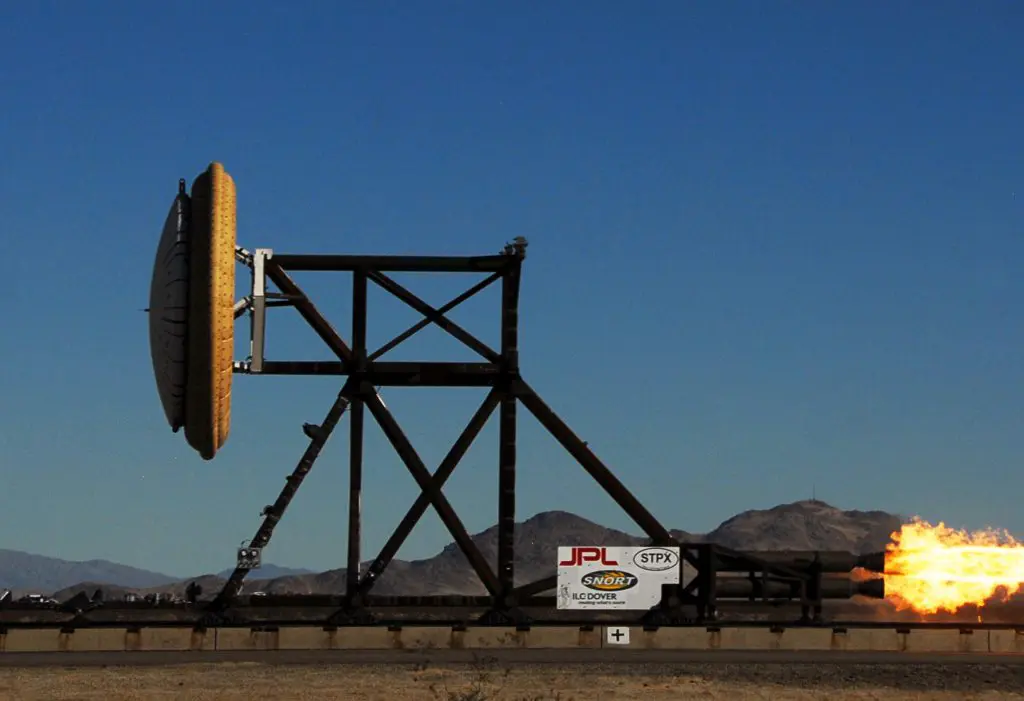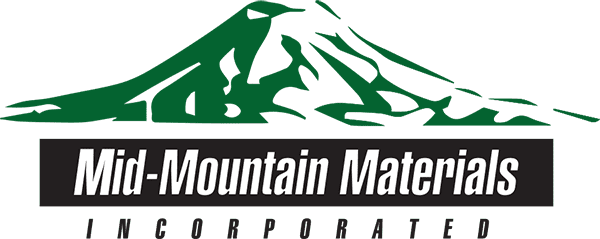Airbag fabrics are typically high-strength woven materials that retain their physical integrity against rapid inflation by an inert gas to cushion impacts. Airbags are typically made from woven fabric, which may be coated or uncoated but must be impermeable to gases and flame resistant. Nylon textiles such as Nylon (polyamide) 6.6 are among the most common fabrics used to weave airbag cushions for general manufacturing and automotive applications. Airbags account for approximately 18% of all automotive textiles, equating to an annual output of over 145,000 tons. An estimated 600 million passenger cars travel the roads of the world each day and airbags play a vital part in protecting people from injury as a result of automobile accidents. Driver and passenger airbags now have the ability to deploy in 50 milliseconds and are equipped with smart functionality – their power can be tuned to the severity of the crash, the proximity of the occupant to the airbag system and even the size and weight of the passenger, using adaptive output airbag inflators. Smart airbags utilize a variety of sensors to determine whether they should deploy. If a passenger is below a certain weight, for instance, a smart airbag with a weight sensor installed in the seat will fail to deploy. In the same way, some airbags will fail to deploy if sensors indicate that a driver or passenger is out of position.
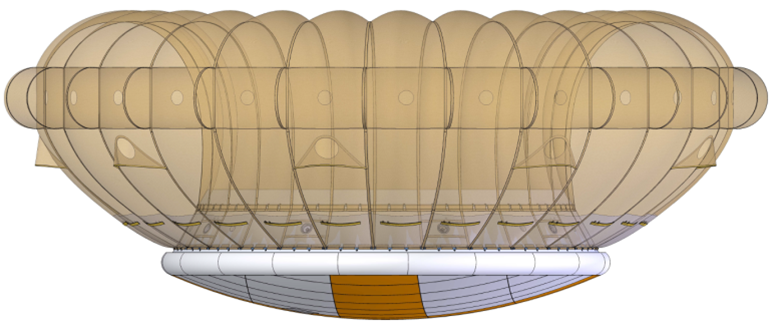
New airbag Applications
The market is characterized by a growing number of products that are being employed in vehicles and for military applications. These include External bags (to protect pedestrians), Seatbelt bags to prevent chest and shoulder injuries, Cycle/motorcycle bags to protect vulnerable users from severe impacts, motorcycle helmet airbags, aircraft seat airbags, medical airbags for protection against bone breakage or to immobilize a fracture. The military has been interested in airbags since the early 2000’s when the US forces first introduced airbags into helicopters such as the BlackHawk and the Kiowa Warrior. BAE Systems and Daicel of Japan are currently developing a new airbag system that will incorporate higher grades of coated woven fabric to protect against fire. The Cockpit Air Bag System (CABS) consists of forward and lateral airbags, and an inflatable tubular structure with an Electronic Crash Sensor Unit (ECSU). The United States Army Aviation Applied Technology Directorate has championed the CABS development alongside BAE and believe the system will be able to reduce casualties by 30%. CABS is the first conventional airbag system for occupant injury prevention for an aircraft and the first specifically for helicopters. Outside the remit of flight, the US Army has even experimented with external airbags using ballistic grade materials on vehicles to protect against the incursion of IEDs (improvised explosive devices). NASA is also currently experimenting with various laminated coated heat-resistant fabrics, which include Kevlar, nylon and polyester, to develop a new parachute and high resistance landing airbags for the Mars Lander.
Airbag Materials
Airbags generally operate by a triggering device, which sets off explosive chemicals when it senses an impact at more than 35 km/h. The bag is designed to cushion the human body from hitting a harder object, such as the inside of the car. The fabric from which the bag is manufactured must be able to withstand the force of the hot propellant chemicals and more importantly, they must not penetrate the fabric to burn the skin of the driver or passenger. Polyester is normally not used for airbags because its thermal properties are not considered suitable. Compared to nylon 6.6, about 40% less heat is needed to melt polyester and the fabric could allow the penetration of hot gases. In addition, heavyweight nylon fabric airbags are a unique challenge for the automotive industry. This is because the material strength and rough surface combined with the rapid inflation of the airbag by nitrogen gas and the trajectory of that inflation could cause significant harm in the event of a collision. Smaller drivers are a particular risk and can suffer from serious head injuries related to airbag impacts.
Mid-Mountain Materials, Inc. has worked in this field for some 40 years and have colluded closely with auto-engineers to develop more lightweight airbag fabric. The lighter material is able to reduce the risks of whiplash and concussion and improve the safety ratings of commercial vehicles. The nylon material of airbags is now used to provide the strength and integrity, and it is used in conjunction with other materials in a composite fashion to provide the required properties. For example, Mid-Mountain’s specialty airbag range can be fabricated using ARMATEX® Coated Fabrics. These composite layer fabrics combine the high-performance of base fabrics with a high-functionality silicone coating. This structural arrangement can then provide an outstanding combination of mechanical stability and abrasion resistance. This ensures that airbags can deploy at the required rate to provide a safe cushion. Also, they do not cause injury to passenger’s skin and if used in a curtain, rollover or side arrangement they do not puncture and lose integrity at the crucial moment. Airbag fabrics now operate to satisfy increasingly demanding standards, particularly in the military and aerospace sectors.
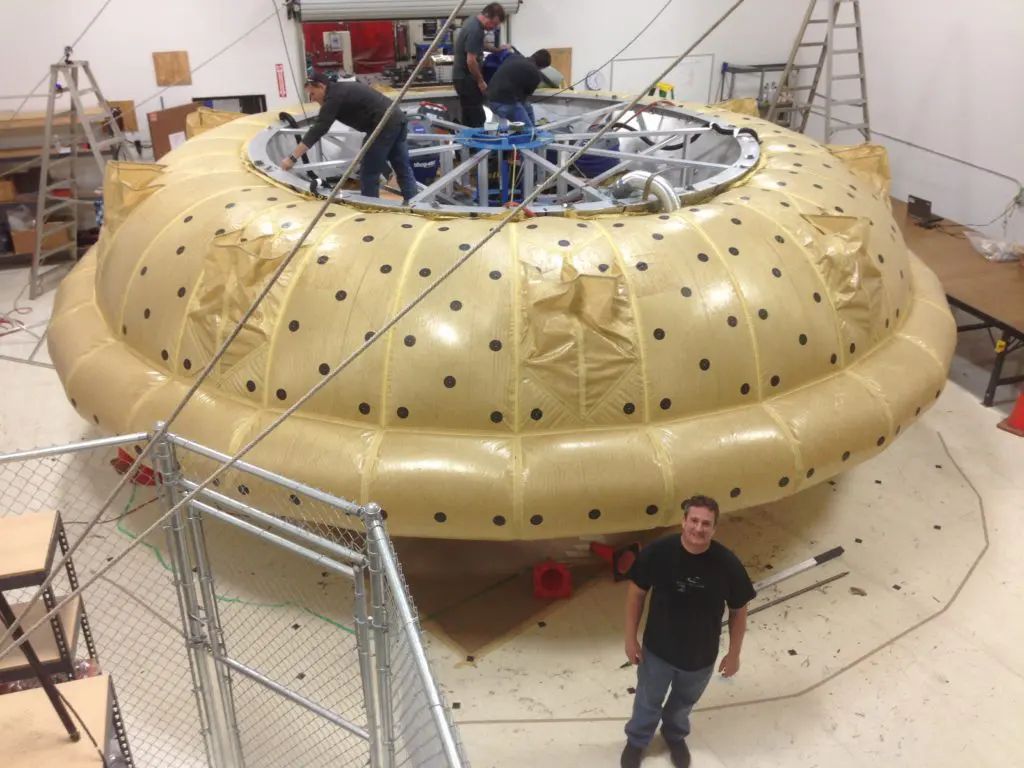
Mid-Mountain Materials, Inc. Textiles
Mid-Mountain is able to provide a range of specialty airbag fabrics and services that offer manufacturers the ability to develop bespoke impact cushioning solutions. They manufacture silicone coated fabrics and textiles comprised of varying substrates coated with silicone rubber compounds. ARMATEX® Silicone Coated Fabrics and Textiles are usually engineered for use in environments that require high heat or flame resistance, chemical resistance, abrasion resistance, and UV or weather resistance. The utility of these fabrics and the range of specifications means that they have a range of uses outside airbags. Military and aerospace customers use ARMATEX® Silicone Coated Fabrics for a range of applications including as protective robot covers in extreme environments, airbags for spacecraft, intumescent cargo covers on aircraft, and even as flexible closure assemblies for aircraft loading walkways. Mid-Mountain has the capability to custom produce airbags and ballistic products by utilizing a range of specialty fabrics including Kevlar®, nylon, Nomex®, carbon, and aramid blends. In addition, they can coat these composite fabrics with a range of high-temperature, chemical, and abrasion resistant coatings to enhance their capabilities.
References
- Rajkishore Nayak, Rajiv Padhye, Kanesalingam Sinnappoo, Lyndon Arnold & Bijoy Kumar Behera (2013) Airbags, Textile Progress, 45:4, 209-301
- Adrian Wilson, Airbag fabrics: consolidation is the key, 1st February 2016, UK, https://www.innovationintextiles.com/airbag-fabrics-consolidation-is-the-key/ Accessed 30th September 2018
- Elsayed A. Elnashar, Design Analysis of Functional Textiles for Smart Airbags by Nanotechnology in Automotive Industrial, International Conference on Technics, Technologies and Education ICTTE 2016, November 17-18 2016, Yambol, Bulgaria
